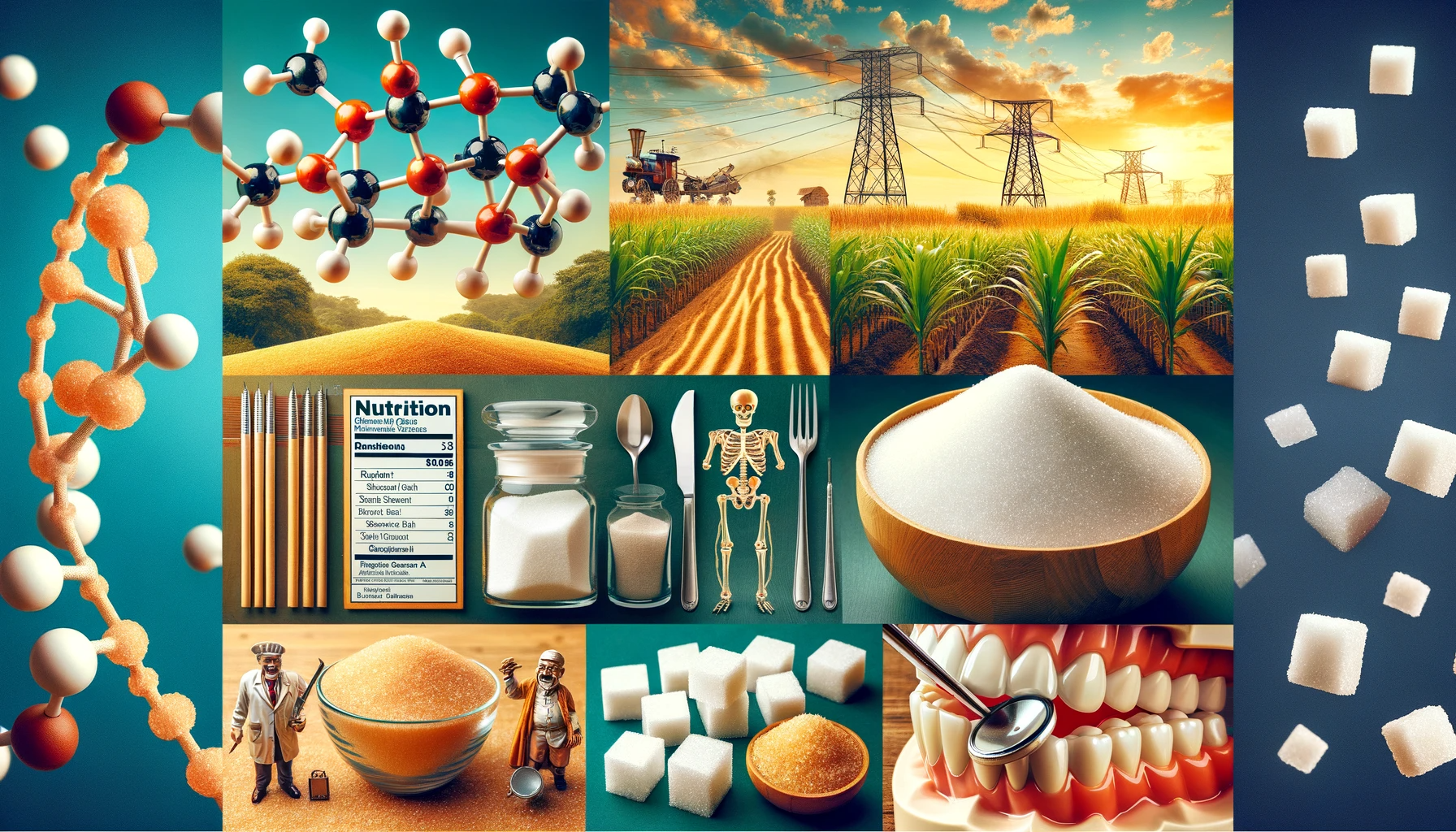Introduction
In our modern world, sugar has become a ubiquitous ingredient in our diets. From sugary drinks to desserts and processed foods, it seems like sugar is everywhere. While sugar can satisfy our sweet cravings, it’s essential to understand that excessive sugar consumption can have a significant impact on our health, especially when it comes to aging. In this article, we’ll delve into the relationship between sugar and aging, exploring the key ingredients that play a vital role in this process.
Sugar and Aging: The Connection
Understanding Glycation
Glycation is a natural process that occurs in our bodies when sugar molecules bind to proteins, forming harmful compounds known as Advanced Glycation End Products (AGEs). These AGEs can accumulate over time, leading to various aging-related issues, such as wrinkles, reduced skin elasticity, and even chronic diseases like diabetes and heart disease.
Collagen: The Fountain of Youth
Collagen is a structural protein responsible for maintaining skin elasticity and preventing sagging. High sugar intake can disrupt collagen production and increase the breakdown of existing collagen fibers. As a result, the skin loses its youthful appearance, leading to premature aging signs like fine lines and wrinkles.
Elastin: Keeping Skin Supple
Elastin is another crucial protein that helps maintain skin elasticity. When sugar interferes with elastin production, skin becomes less supple and more prone to sagging. This can contribute to the development of jowls and loose skin, making you look older than your actual age.
The Key Ingredients in Sugar
Fructose: The Hidden Culprit
Fructose is a natural sugar found in fruits, but it’s also a component of high-fructose corn syrup, commonly used in processed foods and sugary beverages. Excessive consumption of fructose can lead to increased AGEs and collagen degradation, accelerating the aging process.
Glucose: The Energy Source
Glucose is a primary source of energy for our cells, but when consumed in excess, it can lead to glycation and the formation of AGEs. It’s essential to maintain a balanced diet to avoid spikes in blood glucose levels, which can contribute to premature aging.
Sucrose: The Table Sugar
Sucrose, or table sugar, is a combination of glucose and fructose. Consuming too much sucrose can have a double impact on aging, as it contains both glycation-prone glucose and fructose, which can accelerate collagen and elastin breakdown.
Strategies to Counteract the Effects
Reduce Added Sugar Intake
One of the most effective ways to mitigate the aging effects of sugar is to reduce your consumption of added sugars. Be mindful of labels on processed foods and drinks, as added sugars can hide under various names, such as high-fructose corn syrup, cane sugar, or maltose.
Choose Natural Sweeteners
When indulging your sweet tooth, opt for natural sweeteners like honey, maple syrup, or stevia. While they should still be consumed in moderation, these alternatives contain fewer AGE-promoting sugars and can be gentler on your skin and overall health.
A Balanced Diet
A diet rich in antioxidants, vitamins, and minerals can help counteract the effects of sugar on aging. Incorporate plenty of fruits, vegetables, lean proteins, and whole grains into your meals to support skin health and overall well-being.
Stay Hydrated
Proper hydration is essential for maintaining healthy skin. Drinking enough water can help flush out toxins and support collagen and elastin production. Aim for at least eight glasses of water a day to keep your skin radiant and youthful.
Conclusion
Understanding the relationship between sugar and aging is crucial for maintaining a youthful appearance and overall health. By being mindful of your sugar intake, choosing natural sweeteners, and maintaining a balanced diet, you can take proactive steps to slow down the aging process and enjoy healthier, more radiant skin for years to come.
Remember, moderation is key, and a little sweetness can still be part of a healthy lifestyle. So, next time you reach for that sugary treat, think twice about its long-term impact on your skin and well-being.
